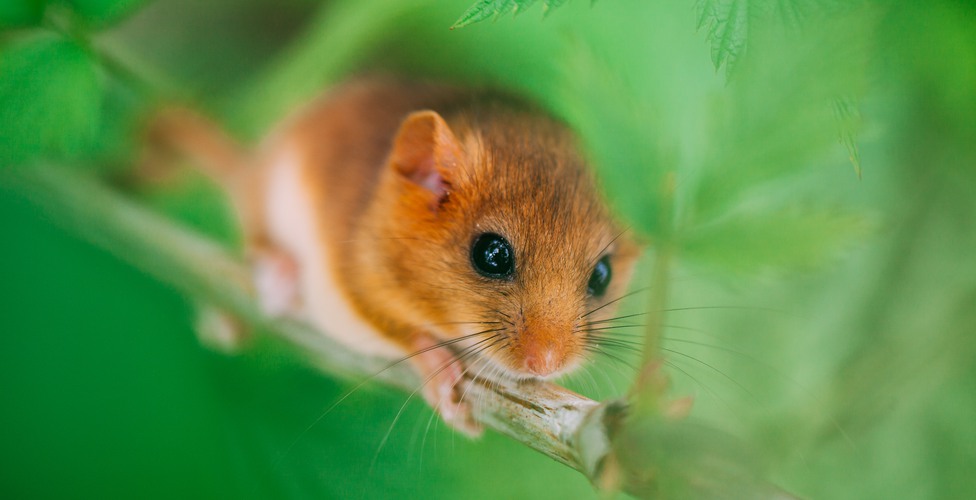In a new research project, the University of Skövde collaborates with Kinnekulle energi and Götene Municipality to enhance biodiversity around power grid networks. This is achieved by using a unique tool developed by researchers at the University of Skövde.

Power line corridors have the potential to benefit biological diversity and, among other things, facilitate the habitat for the hazel dormouse.
Biodiversity is crucial for our survival through ecosystem services that mitigate global warming and provide clean water and food. The ongoing depletion of biological diversity is one of the significant environmental challenges of our time.
At the University of Skövde, Annie Jonsson, Associate Professor at the Department of Bioscience, and Sofia Berg, Adjunct Lecturer at the University of Skövde and Environmental Consultant at EnviroPlanning AB, have developed a digital tool. This tool can assist planners, landowners, conservationists, and others in deciding how to best use land and natural environments regarding biodiversity.
"The model shows and evaluates a landscape's ability to sustain biodiversity and enables the analysis of where and how to strengthen the landscape's green infrastructure" says Annie Jonsson.
Assisting Kinnekulle Energi in planning
In a new research project, the tool will be used to enhance biodiversity around power line corridors. One of the project participants is Joel Schelander, Sustainability Coordinator at Kinnekulle energi. He looks forward to working on the project and explains that the Vänerskärgården biosphere area with Kinnekulle is a UNESCO site, making the project particularly significant for them.
"We aim for the project to increase biodiversity in our power line corridors. In our sustainability efforts, we've internally developed a sustainability pyramid, and biodiversity is one of our highest-priority goals" says Joel Schelander.
This is where the University of Skövde comes into play. With the help of the digital tool called the Biotope Biodiversity Capacity Indicator, project participants will be able to develop management plans for power line corridors that promote biodiversity.
Enhancing Götene Municipality's plant and animal life
Annie Jonsson explains that other research studies show that power line corridors can contribute to and benefit biodiversity, especially for butterflies, bumblebees, and bees, with habitats like grasslands and other open areas, as well as for hazel dormice, birds, and small game animals in edge habitats.
"By implementing customized management practices, such as more frequent clearing, proper removal of clearing waste, and specific efforts to protect valuable bushes, energy companies have the potential to make a significant contribution" says Annie Jonsson.
Götene Municipality also participates in the project. Mikael Lundgren, Community Developer, states that it's important for Götene Municipality to support companies willing to consider biodiversity.
"We hope that our project creates clear knowledge about how Kinnekulle energi can adapt their management under overhead power lines, enhancing the municipality's plant and animal life benefited by more open and meadow-like stretches. Through the efforts of the University of Skövde, knowledge about the natural values in these stretches is expanded in collaboration with the local environment around these overhead power lines" says Mikael Lundgren.
And the hazel dormouse?
The hazel dormouse depends on bushes and scrub that provide both shelter and nourishment. Its natural predators are foxes, weasels, stoats, and birds of prey. A critical factor for its survival is the presence of undergrowth, as its chances of survival significantly decrease if these areas are cleared.
Through this newly started project, the goal is to improve the habitat of the hazel dormouse as well as of other species. The project is funded by the Swedish Environmental Protection Agency through the local nature conservation initiative, LONA.
Read more about the Biotope Biodiversity Capacity Indicator tool.

